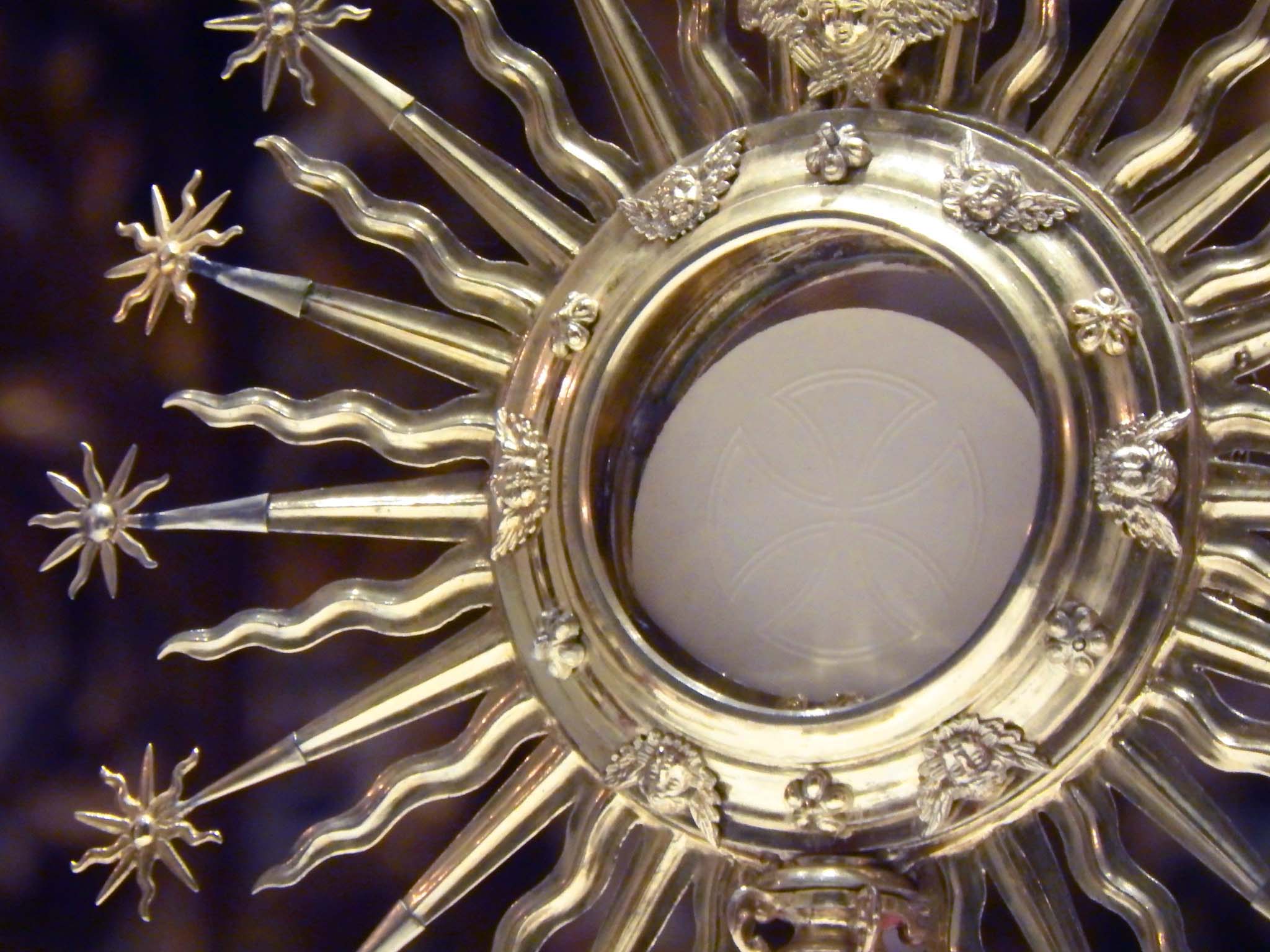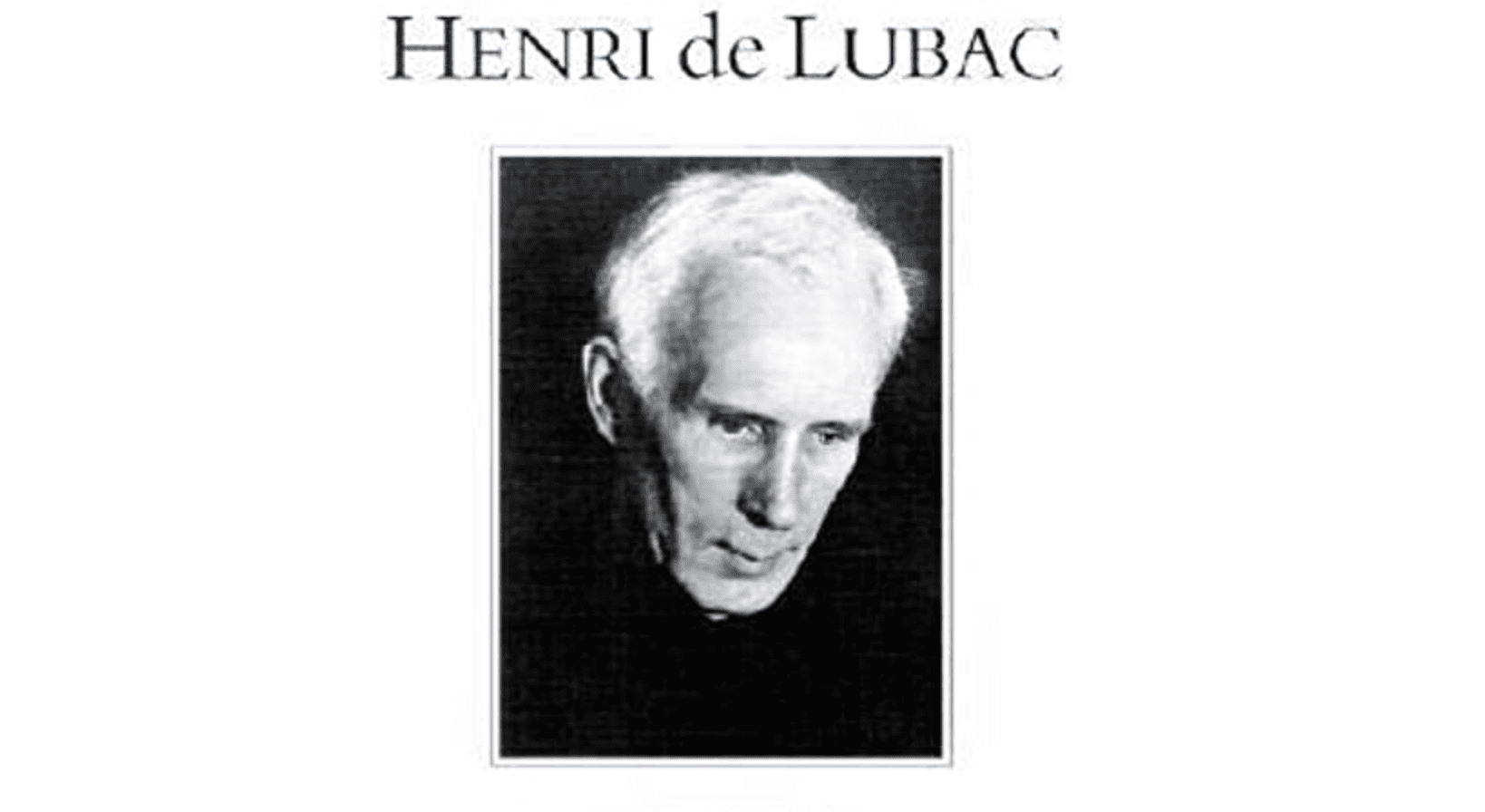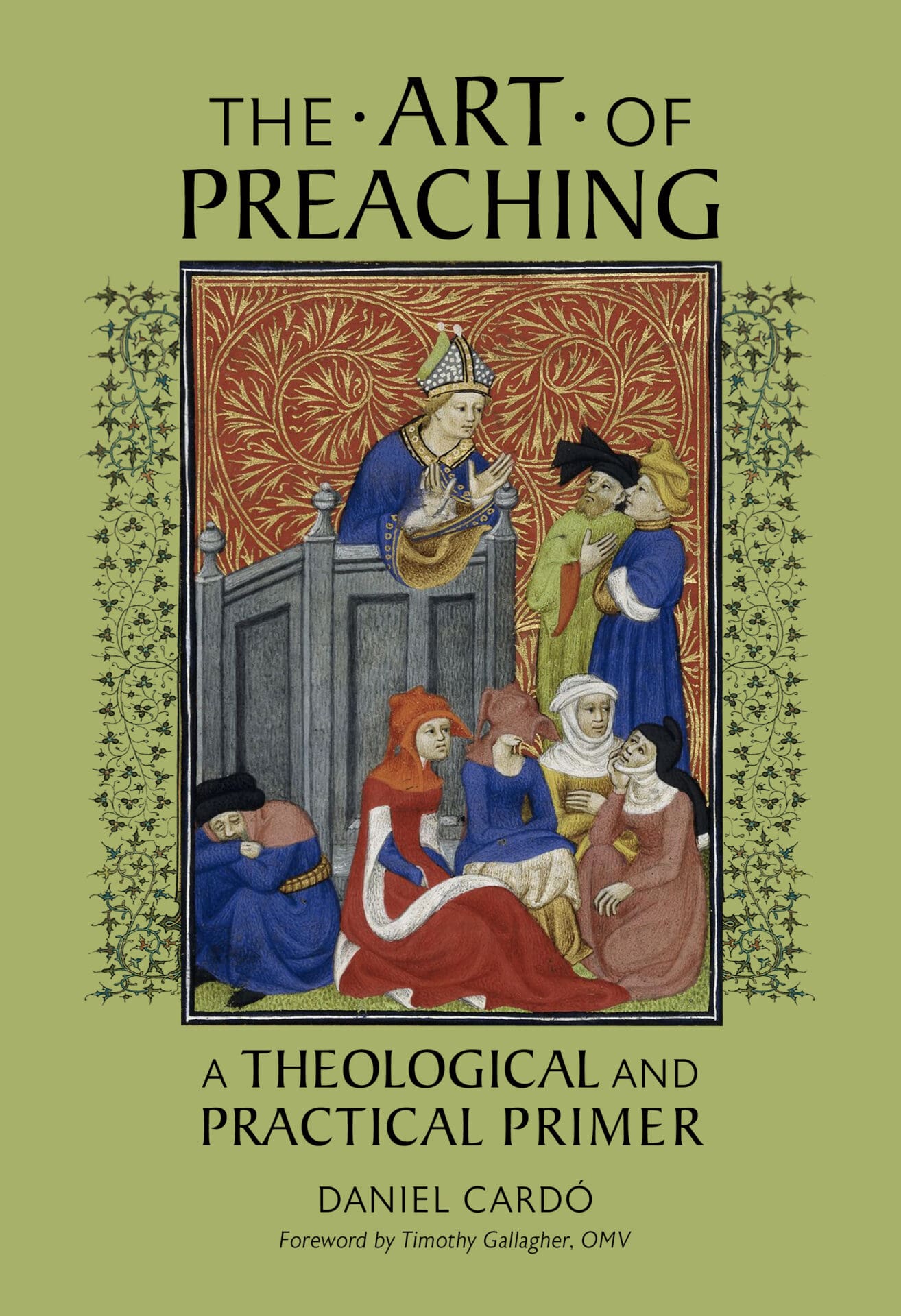Editor’s note: Corpus Christi this year falls on Sunday, June 11. On this day, in many places, Catholics will walk in public procession with the Blessed Sacrament. The following questions are meant to serve as a timely primer for this traditional witness to the Church’s Eucharistic faith.
Q: What does “Corpus Christi” mean?
A: The words “Corpus Christi” mean “Body of Christ” and are another name for the “Solemnity of the Body and Blood of Christ” celebrated on the Sunday after Trinity Sunday. This solemnity marks with particular emphasis the doctrine of Christ’s real presence—body, blood, soul, and divinity—in the Eucharist.
Q: What is a Corpus Christi procession?
A: The Corpus Christi procession, most often held on the Solemnity of the Body and Blood of Christ, is a “public witness of faith and worship of the Most Blessed Sacrament” (Holy Communion and Worship of the Eucharist Outside Mass [HCWEOM], 101). Founded upon the Church’s belief that Jesus becomes substantially present (i.e., real!) to us in the Eucharist at Mass, the Corpus Christi procession is one of the ways that we express our devotion to Christ (Eucharistic adoration, Forty Hours devotions, and visits to the Blessed Sacrament are some of the Church’s other forms of devotion).
Q: What can I expect to experience at my parish Corpus Christi procession?
A: A Corpus Christi procession usually begins after the celebration of Mass, at which the host for the procession is consecrated. Placed in a monstrance (a sacred vessel that displays the sacred host to the faithful), the Blessed Sacrament is then carried out of the church and through the streets of the city or neighborhood, accompanied by the songs and prayers of the people. Often there are altars decorated along the route where the monstrance is placed and, after a period of prayer, the people are blessed. In this way the Church shows that Christ, here among us, walks with us on our pilgrimage to heaven.
Q: What are the origins of the Corpus Christi procession?
A: The Corpus Christi procession and many of the other Eucharistic devotions seem to have begun in the 12th and 13th centuries. These devotions emerged from a multitude of factors, among which were a greater appreciation and understanding of Christ’s Eucharistic presence and a desire to express this truth outwardly.
Influencing the rise in Eucharistic devotions were the visions of an Augustinian nun, Juliana of Liège, in 1209. In these visions, Juliana indicated that an annual celebration devoted to the Body of Christ should be added to the Church’s calendar. In 1264, Pope Urban IV, who had resided in Liège prior to his becoming Pope and was familiar with Juliana’s visions, established the feast of the Body of Christ for the entire Church. St. Thomas Aquinas (d.1274) is said to have composed the liturgical texts for this new feast, as well as the hymns O Salutaris Hostia and Tantum Ergo (which are the last two stanzas of the hymn Pange Lingua). It is a testament to the enduring beauty of these hymns that they are still sung today.
Q: What is the relationship of the Corpus Christi procession to the Mass?
A: The Magisterium today is adamant that the Corpus Christi procession and all other Eucharistic devotions be understood as being rooted in the celebration of the Mass. One basic principle for every Eucharistic devotion is that it “must have an intrinsic reference to the Eucharistic Sacrifice, or dispose the faithful for its celebration, or prolong the worship which is essential to that Sacrifice” (Directory on Popular Piety, 161). The celebration of the Eucharist, in the words of Pope Benedict XVI, “is itself the Church’s supreme act of adoration” (Sacramentum Caritatis, 66). Seen in this way, Eucharistic devotions and the Mass complement one another and are not in competition with each other.
Q: Why should we participate in the Corpus Christi procession?
A: “The annual procession on the feast of Corpus Christi…has a special importance and meaning for the pastoral life of the parish or city…. When the Eucharist is carried through the street in a solemn procession with singing, the Christian people give public witness of faith and devotion toward the sacrament” (HCWEOM, 101, 102). Says Pope John Paul II, “The devout participation of the faithful in the Eucharistic procession on the Solemnity of the Body and Blood of Christ is a grace from the Lord which yearly brings joy to those who take part in it” (Ecclesia de Eucharistia, 10). He continues: “In the humble signs of bread and wine, changed into the body and blood, Christ walks beside us as our strength and our food for the journey, and he enables us to become, for everyone, witnesses of hope” (62).
Q: Where are the ritual guidelines found for celebrating the Corpus Christi Procession?
A: The ritual text Holy Communion and Worship of the Eucharist Outside Mass was one of the first of the Church’s books published after the Second Vatican Council, promulgated by the Congregation for Divine Worship on June 21, 1973—the Solemnity of Corpus Christi that year. (A second edition of this book is scheduled to appear in 2023.) The text contains a number of Eucharistic rituals, including the “Rite of Distributing Holy Communion Outside Mass with the Celebration of the Word” and “Administration of Communion and Viaticum to the Sick by an Extraordinary Minister.”
The book’s third chapter, “Forms of Worship of the Holy Eucharist,” includes three sections: “Exposition of the Holy Eucharist,” “Eucharistic Congresses,” and “Eucharistic Processions.” This chapter on forms of Eucharistic worship, as with the first two and the text generally, contains not only a brief theological treatment of the topic (lex credendi), but also the rubrics and texts used for celebrating (lex orandi).
As Holy Communion and Worship of the Eucharist Outside Mass explains, “The annual procession on the feast of Corpus Christi, or on an appropriate day near this feast, has a special importance and meaning for the pastoral life of the parish or city. It is therefore desirable to continue this procession…when today’s circumstances permit and when it can truly be a sign of common faith and adoration” (102). The text says that it is for the local Ordinary to permit Corpus Christi processions (101).
“It is fitting,” the text continues, “that a Eucharistic procession begin after the Mass in which the host to be carried in the procession has been consecrated” (103).
Concerning the procession’s specifics, the rite encourages “stations where the Eucharistic blessing is given…. Songs and prayers should be so directed that all proclaim their faith in Christ and direct their attention to the Lord alone” (104).
The priest himself vests in a white cope, while “lights, incense, and the canopy under which the priest carrying the Blessed Sacrament walks should be used in accordance with local customs. It is fitting that the procession should go from one church to another. Nevertheless, if local circumstances require, the procession may return to the same church where it began. At the end of the procession, Benediction with the Blessed Sacrament should be given in the church where the procession ends…. Then the Blessed Sacrament is reposed” (105-8).


